Although spiders’ webs are deadly traps for their enemies, have you ever wondered why they are not caught in these traps? We are with you with our article where you will find answers to most of your questions about spiders and spider webs.
Who can live anywhere in the world 34 thousand species Our furry friends continue to surprise us with each passing day. their fast-knit and fairly strong nets. not to be caught How do you think they succeed?
Come, if you want, let’s have a look at the ingenuity of these lovely friends in our news.. spider phobia Let us warn our readers from the beginning, the images in the content may be disturbing for you.
Why do spiders weave webs?
Spiders are not only used for hunting, but also protect their nest They also network. The net, whose main purpose is to hunt, is actually a kind of trap. But not all types of spiders make webs. However, all spiders make cocoons from their webs that surround their eggs. Others also use net cloths, gluing leaves, lining the inside of their nests, closing the hole they have made, etc. they use at work.
Some non-web spiders are also protected from being dragged by the wind by leaving a trail of web behind them. The web threads that spiders weave are made entirely of a sticky substance. During a fall, he can extend the net wire that he attaches to a place until he reaches the ground. of the same diameter twice as strong as steel wire The network is flexible enough to return to its original state no matter how much it is stretched.
How do spiders hunt?
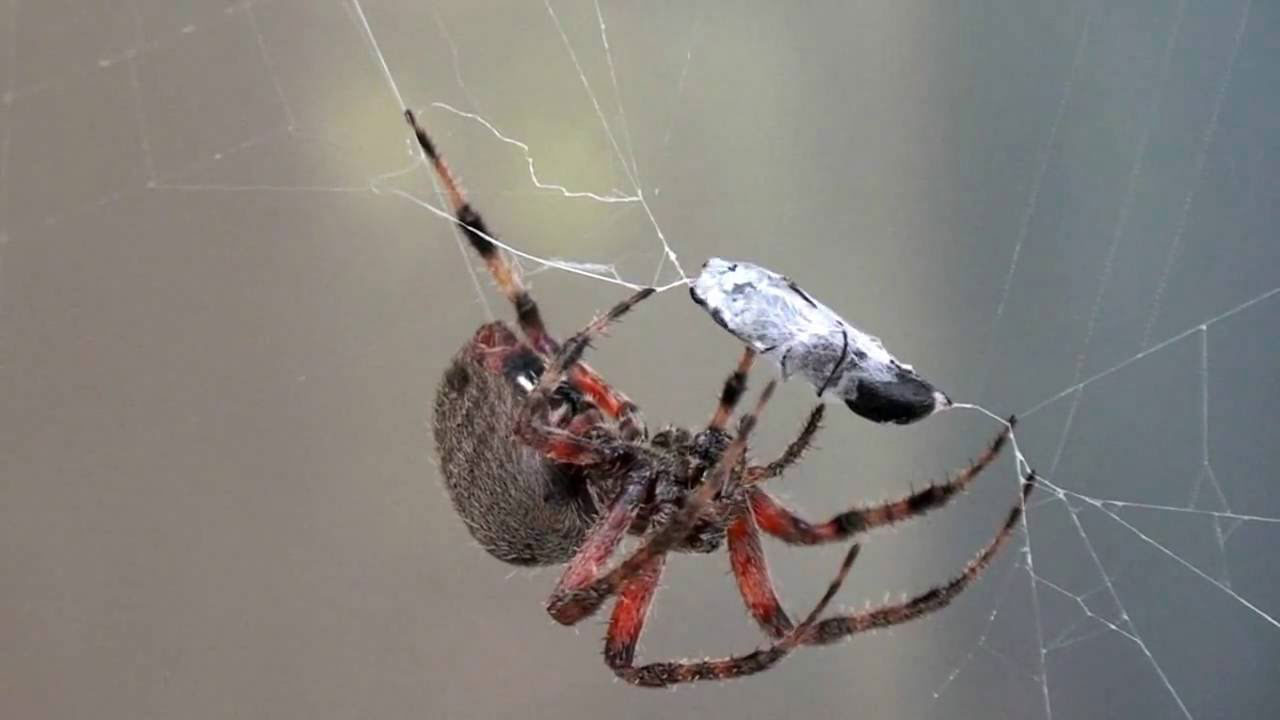
Our spider friends netting They mostly do their work at night. Although it seems like a complicated job for us, weaving a spider weba maximum of 60 minutes of the spider gets. There is a sticky part in the middle of the spider web. Realizing that the prey has been caught by the warning thread found here, the spider comes to its prey and poisons it. One end of the warning filament is attached to the web, and the other end is always in the spider’s own body.
Each spider species has its own unique web-weaving style. web knitting, spiders It is an innate art. A small spider weaves webs similar to its parents, although it has never seen or weaved webs before. Spider web is not sticky all over. When the victim is caught in the web, the spiders, knowing the sticky part of the web, go to the prey without being caught in the web themselves.
RELATED NEWS
How Do Cats Know How to Toilet in Sand or Spiders Know How to Weave, Even When No One Teach Them?
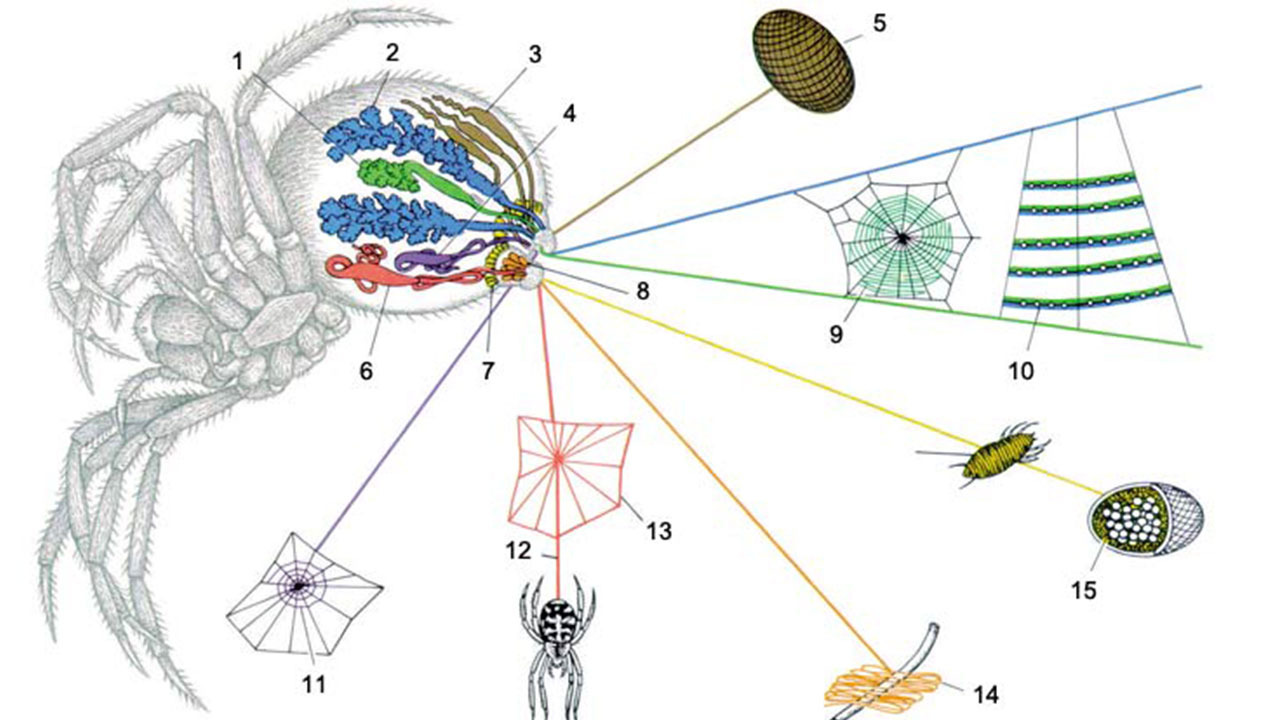
Spiders weave their web according to their purpose. in different forms knits. The types of threads in the web also differ according to the place where the spider web is used. For wrapping eggs soft yarn produced he can also fly it like a kite. Spiders need flexibility and strength for the main structure of the web, the circular parts and the part to catch the prey. different threads produces.
Why don’t spiders get caught in their own webs?
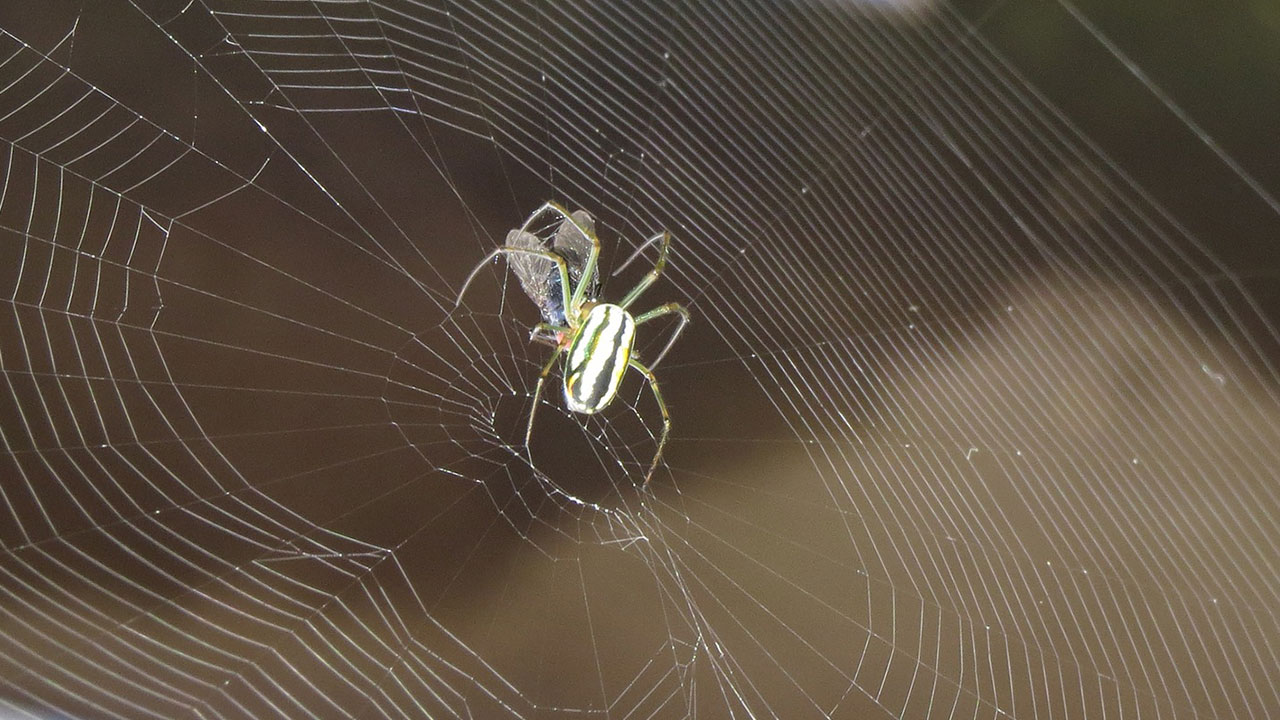
hunting for food spiders in needThey weave their nets and wait for their prey to fall into this trap. While the butterflies, flies and insects caught in the net cannot get rid of this sticky web, the host spider, It moves quickly over the net to catch its prey. But spiders do not stick to their own webs.
So how come spiders can’t get victims out of this web? without being stuck in your own web Can you progress quickly? Spiders can escape from their own traps with their hairy legs, thanks to the fluid they produce from the glands in their mouths.
In addition, in the web he knits for his prey, only the non-adhesive he can move on himself. special transportation threads spiders recognize them. In this way, they are not caught in the traps they have prepared for their prey. Spiders’ legs are covered with hairs. These hairs are less contact with the network allows it to. In addition, the special walking patterns of spiders also play a role in their little contact with the web.
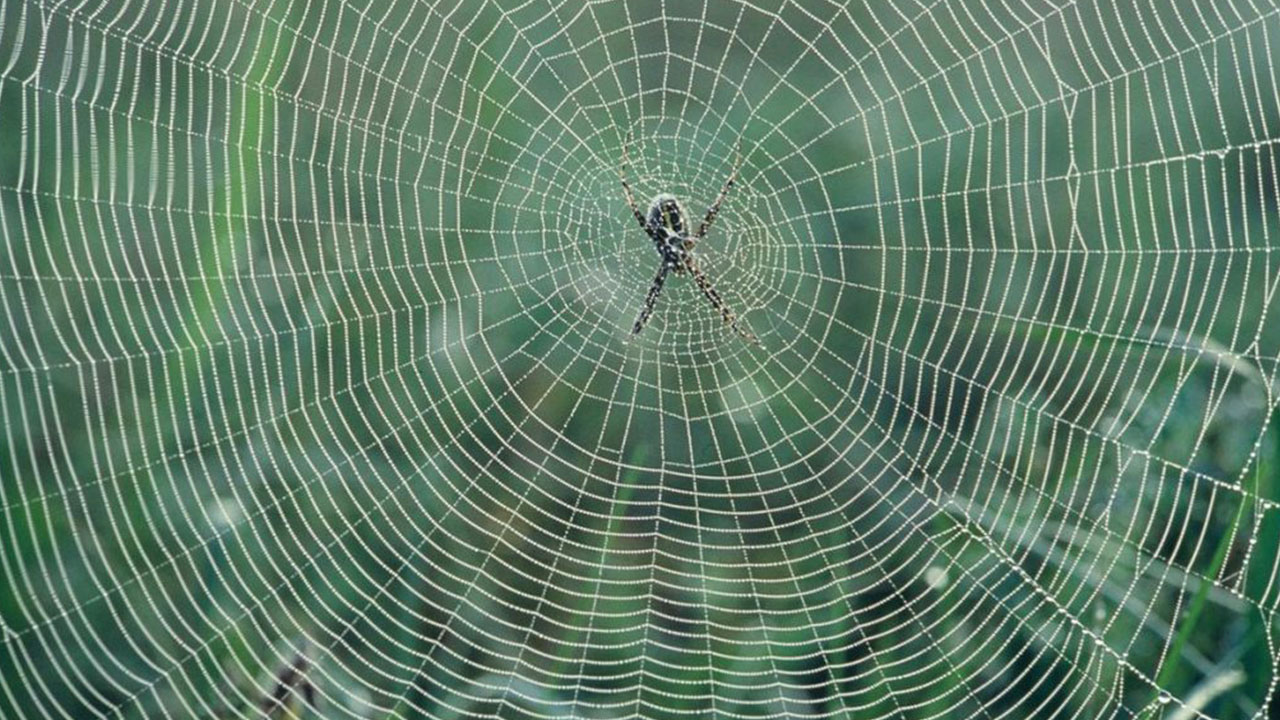
The spiral webs that spiders weave actually consist of two or more threads per row. Spiders make this web, sticky and non-sticky. 2 types of networks uses. In contrast, the supporting threads and center threads that connect each circle in the web are not sticky.
In contrast, the network circular structures sticky enough to prevent their prey from escaping. In this way, spiders can move freely in this sticky area.
Also spiders a secretion in the mouth with the secretion it produces in its gland, it constantly keeps its feet oily and thus accidentally when you fall into the trap can save himself. However, when the spider is frightened, it may seldom get caught in its own web and become prey to other spiders. In the video below, you will witness the moment of a spider knitting a web.
The arachnids that hunt their prey with sticky webs, or orb-weaving spiders, account for more than a quarter of all known spiders. Such spiders lay on their webs sticky droplets It catches its prey by laying spiral lines left behind.
Against this, circular and frame of the web They don’t touch the parts. When an insect touches these droplets, it sticks to the sticky droplets on the wires of the web, and the spider immediately runs off, either poisoning its prey or wrapping it with its web.
naturalists, adhesive webs and spiders avoid them is just trying to grasp the nature of his methods. Brent Opell, a biologist at the Virginia Institute of Technology who studies spiders’ webs for prey, “It’s surprising how little research has been done on the subject, even though so many people are curious about it.” says. Also Brent Opell; the force of the droplets as an insect struggles to break free from the web flexible yarn He states that it spreads throughout, so that the entire load does not fall on a single point.
There are different hypotheses regarding the movements of spiders.
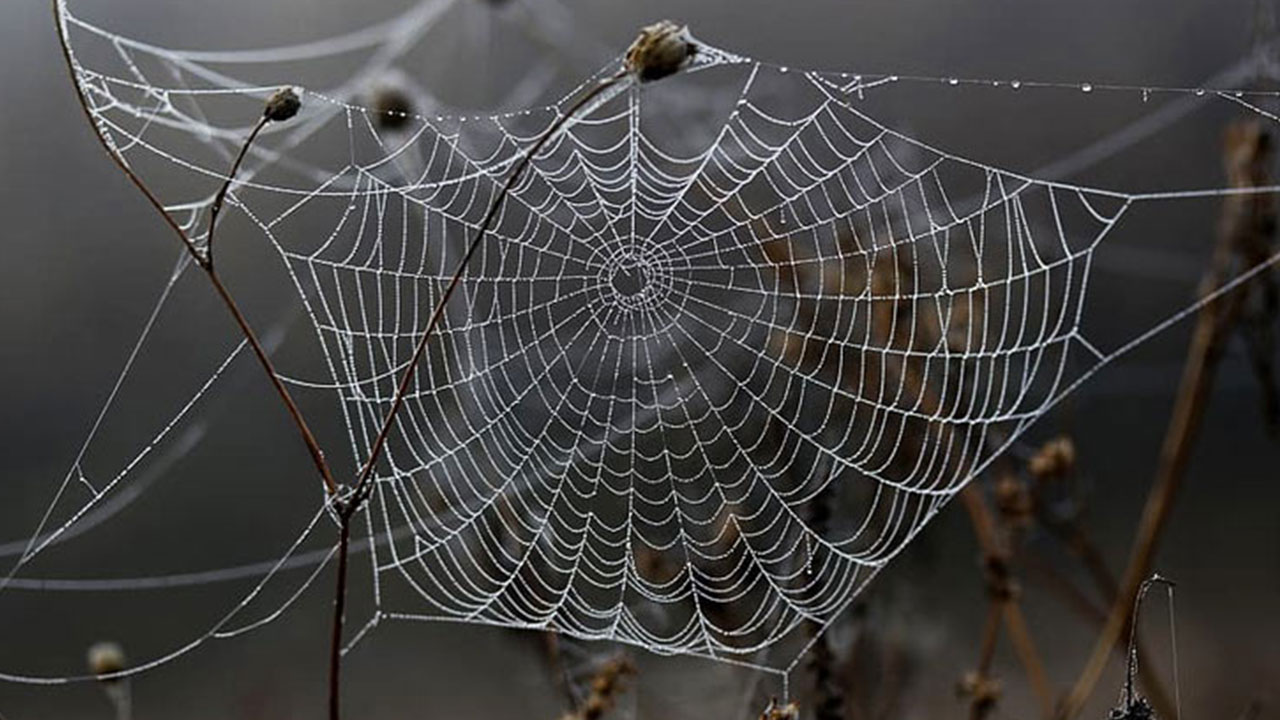
Scientists have a lot of ideas about how spiders move without getting caught in their own traps, but the data they have is almost non-existent. One of the hypotheses, does not press on these parts of the network The idea is no longer respected. The thing is, globe knitters immerse their hind legs in this glue hundreds or even thousands of times as they make their webs. They repeatedly touch the sticky substance with their bodies until they neutralize their prey.
A more accepted theory arose in 1905, when a French naturalist named Jean-Henry Fabre observed that globe knitters often put their legs in their mouths. Jean-Henry Fabre thought that spiders secrete, or spit out, a type of lubricant that protects them from their webs. For this, spiders’ legs He washed it with solvent and found that most of the animals were caught in its own net.
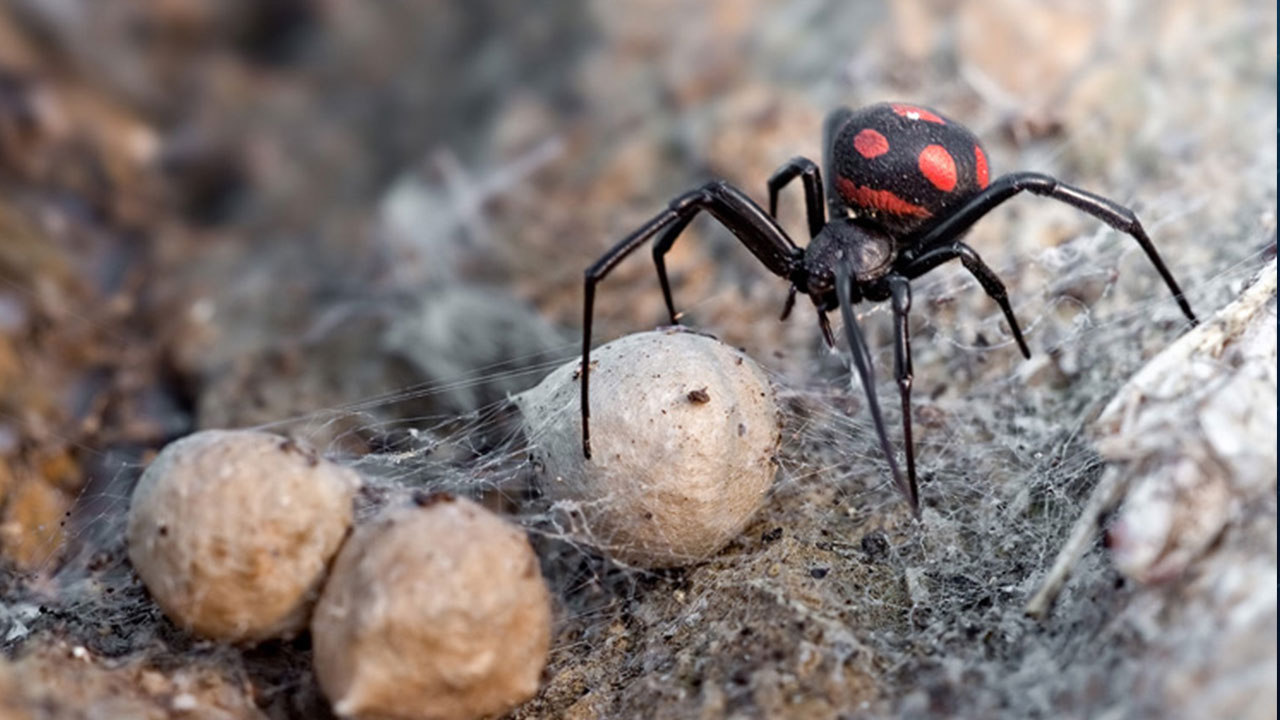
A team of researchers at the Natural History Museum in Bern, Switzerland, replicated Fabre’s experiment under more controlled conditions. First, put the spiders in boxes in the lab. made them knit. Then they grabbed the spiders’ legs and pressed them into their sticky web. Spiders’ legs did not stick to their webs normally or even when washed with water.
spiders legs with an organic solvent when they washed it, the number of spiders stuck to its web doubled. The researchers thus proved the accuracy of Fabre’s determination. Spiders covered their legs with an oily liquid to avoid being caught in their own webs.
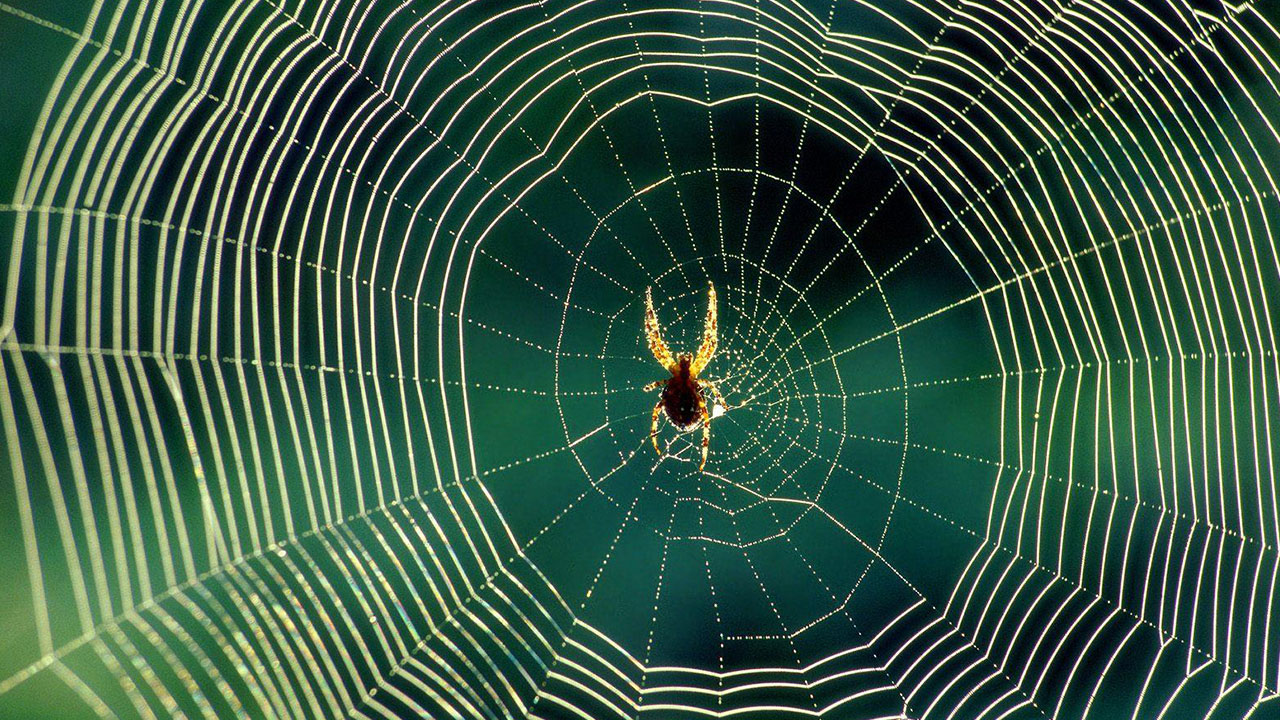
According to a study published in 2012, this time in Costa Rica, scientists reach the same conclusion. However, in this research, the method was analyzed with a video analysis. different adaptations concludes that.
The spider rubs its hind legs against the web at an angle to minimize the effect of the adhesive, and the spines (tarsi) on its feet to be coated with adhesive prevents. It doesn’t surprise Opell that a spider has developed multiple methods to avoid its own web. Opell “If it’s such an important thing to the spider, it’s likely that multiple mechanisms have evolved to prevent sticking.” says.
Can spiders get caught in other spiders’ webs?
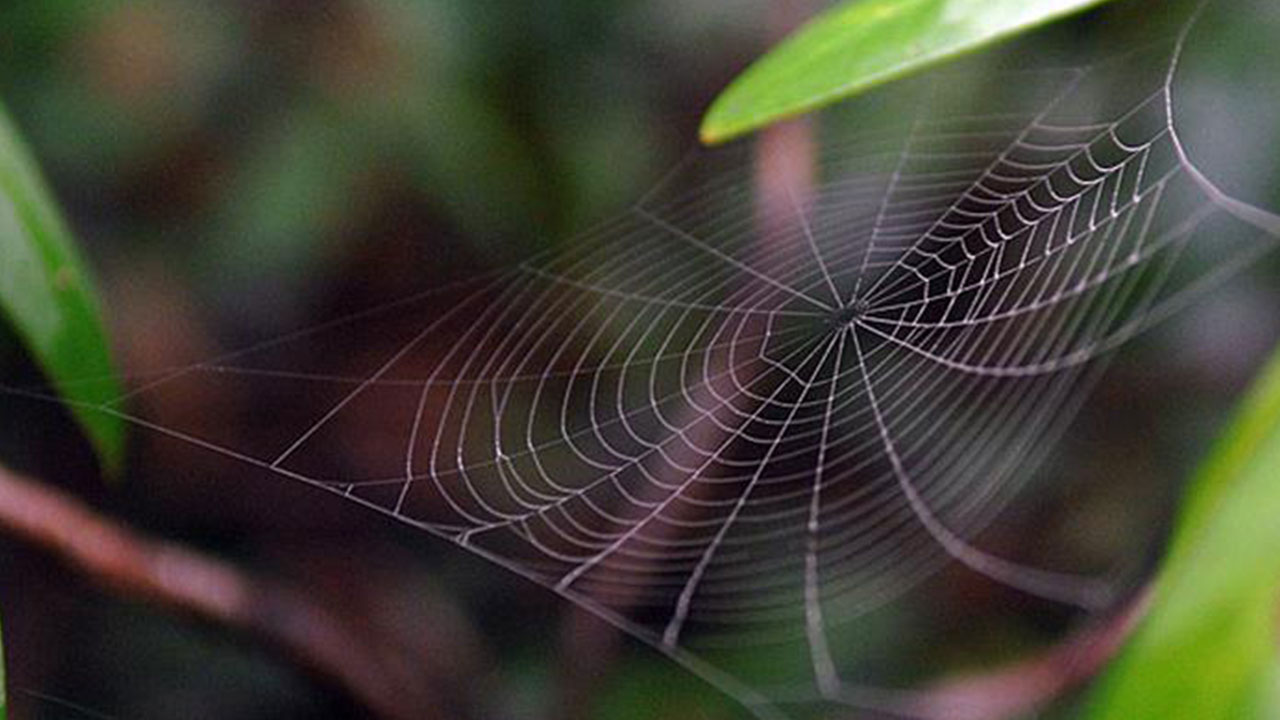
Well, one more curious question. spiders Can they get caught in other spiders’ webs? In fact, spiders weave their webs to catch their flying prey.
Also, spiders sticky thread They have a third nail-like structure that allows them to cling and swing without sticking. Occasionally spiders can get caught in other spiders’ webs, although they usually get rid of them on their own.
RELATED NEWS
Extraordinary Facts About ‘Tarantula’, a Spider Strong enough to Hunt Birds and Rats
RELATED NEWS
